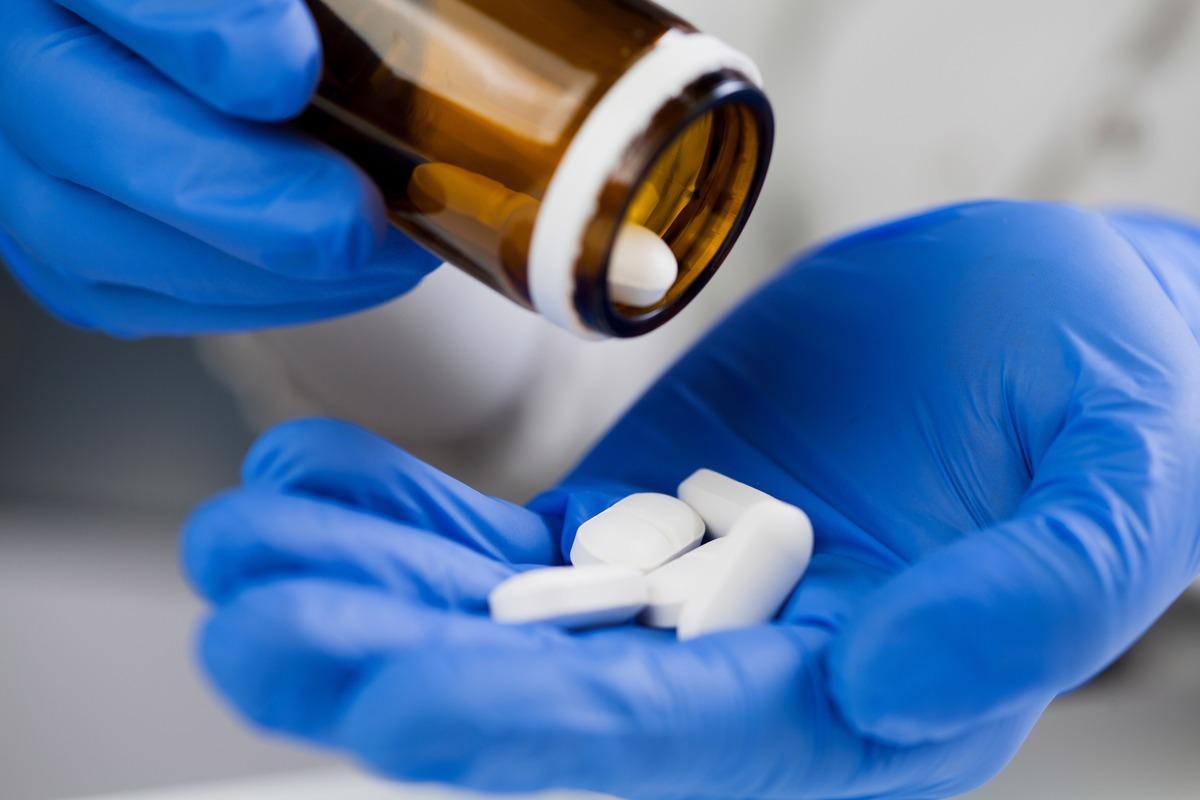In late 2021, there was a global resurgence of coronavirus disease 2019 (COVID-19) due to the emergence of the highly communicable severe acute respiratory syndrome coronavirus 2 (SARS-CoV-2) variant Omicron. Omicron had outcompeted the Delta variant by the end of December 2021. By early January, Omicron had spread extensively worldwide, even in places with high levels of pre-existing immunity.
 Study: Oral Nirmatrelvir and Severe Covid-19 Outcomes During the Omicron Surge. Image Credit: Cryptographer/Shutterstock
Study: Oral Nirmatrelvir and Severe Covid-19 Outcomes During the Omicron Surge. Image Credit: Cryptographer/Shutterstock

 This news article was a review of a preliminary scientific report that had not undergone peer-review at the time of publication. Since its initial publication, the scientific report has now been peer reviewed and accepted for publication in a Scientific Journal. Links to the preliminary and peer-reviewed reports are available in the Sources section at the bottom of this article. View Sources
This news article was a review of a preliminary scientific report that had not undergone peer-review at the time of publication. Since its initial publication, the scientific report has now been peer reviewed and accepted for publication in a Scientific Journal. Links to the preliminary and peer-reviewed reports are available in the Sources section at the bottom of this article. View Sources
Background
On December 22, 2021, the Food and Drug Administration (FDA) granted an Emergency Use Authorization (EUA) for the oral antiviral nirmatrelvir to treat mild to moderate COVID-19 in patients at an increased risk of severe disease development. The typical regimen for nirmatrelvir consists of five consecutive days of treatment following a positive diagnosis of COVID-19. The FDA EUA was based on the randomized, double-blind, placebo-controlled Evaluation of Protease Inhibition for COVID-19 in High-Risk Patients (EPIC-HR) trial, which looked at nirmatrelvir treatment in non-hospitalized, high-risk, symptomatic adults with COVID-19.
In a recent study posted to the Research Square* preprint server, researchers evaluated how effective nirmatrelvir is in preventing COVID-19-associated death and hospitalization in high-risk patients.
About the study
This study used data from Clalit Health Services (CHS) computerized medical records, a large healthcare institution that serves about half of Israel's population, including nearly two-thirds of the elderly. The trial began on January 9, 2022, and ended on March 10, 2022, the first day the medication was given to CHS patients. Patients diagnosed with COVID-19 by February 24, 2022, were eligible to participate in the study.
Findings
A total of 109,213 individuals met the study inclusion criteria. The mean age of the study participants was 60, with 39% of the participants. Obesity, diabetes, and smoking were the most prevalent comorbid conditions. COVID-19 immunity was present in 78% of the patients, obtained either by previous infection, vaccination, or hybrid immunity.
During the study period, 3,939 patients in the overall population group received at least one dosage of nirmatrelvir treatment. Participants aged 65 and up and those recently diagnosed with cancer had significantly higher uptake. Participants with no pre-existing COVID-19 immunization and members of the Arab minority group had considerably reduced uptake.
The author report results for the age groups above 65 and below 65 separately because testing the interaction of nirmatrelvir status with other variables showed significant differences according to age group.
COVID-19-associated hospitalizations occurred in 343 out of 1,435 treated patients and 334 out of 64,959 untreated patients among the 66,394 patients aged 40 to 64. COVID-19-associated hospitalizations occurred in 776 out of 42,819 patients aged 65 and up, 14 out of 2,504 treated patients, and 762 out of 40,315 untreated patients. Reduced levels of immunity to COVID-19 and a previous hospitalization were the characteristics most substantially linked with a high incidence of COVID-19-related hospitalizations in both age groups. In the 40-64 age range, immunosuppression was strongly linked to hospitalizations.
COVID-19-associated hospitalizations were reported in 182 of 20,531 patients without previous immunity and 161 of 45,863 patients with previous immunity in patients aged 40 to 64. COVID-19-associated hospitalization was reported in 273 of 3,306 patients without previous immunity and 503 of 39,513 patients with previous immunity among participants aged 65 and up.
Implications
During the Omicron variant surge, nirmatrelvir medication was linked to a substantial drop in COVID-19 hospitalizations and death rates in persons aged 65 and up. Even though this was an observational study, the findings and the apparent potential for preventing severe COVID-19 could aid decision-makers in allocating limited supplies to those for whom nirmatrelvir has been proven successful.

 This news article was a review of a preliminary scientific report that had not undergone peer-review at the time of publication. Since its initial publication, the scientific report has now been peer reviewed and accepted for publication in a Scientific Journal. Links to the preliminary and peer-reviewed reports are available in the Sources section at the bottom of this article. View Sources
This news article was a review of a preliminary scientific report that had not undergone peer-review at the time of publication. Since its initial publication, the scientific report has now been peer reviewed and accepted for publication in a Scientific Journal. Links to the preliminary and peer-reviewed reports are available in the Sources section at the bottom of this article. View Sources
Journal references:
- Preliminary scientific report.
Arbel, R. et al. (2022) "Oral Nirmatrelvir and Severe Covid-19 Outcomes During the Omicron Surge". Research Square. doi: 10.21203/rs.3.rs-1705061/v1. https://www.researchsquare.com/article/rs-1705061/v1
- Peer reviewed and published scientific report.
Arbel, Ronen, Yael Wolff Sagy, Moshe Hoshen, Erez Battat, Gil Lavie, Ruslan Sergienko, Michael Friger, et al. 2022. “Nirmatrelvir Use and Severe Covid-19 Outcomes during the Omicron Surge.” New England Journal of Medicine, August. https://doi.org/10.1056/nejmoa2204919. https://www.nejm.org/doi/10.1056/NEJMoa2204919.
Article Revisions
- May 13 2023 - The preprint preliminary research paper that this article was based upon was accepted for publication in a peer-reviewed Scientific Journal. This article was edited accordingly to include a link to the final peer-reviewed paper, now shown in the sources section.